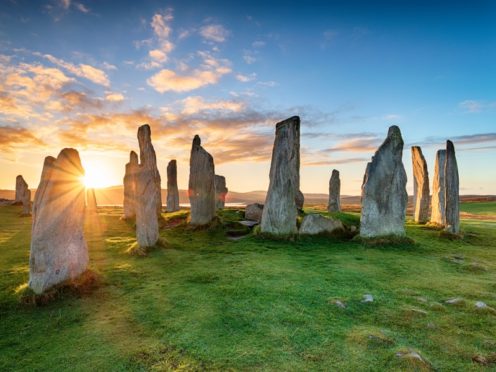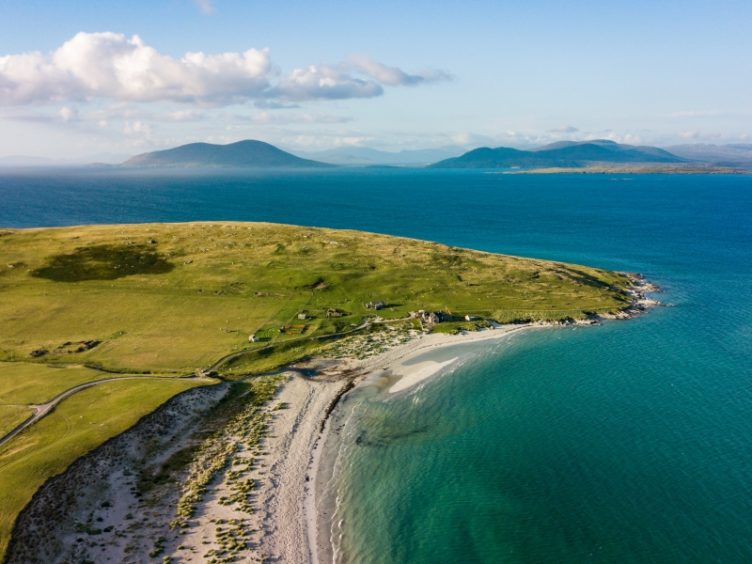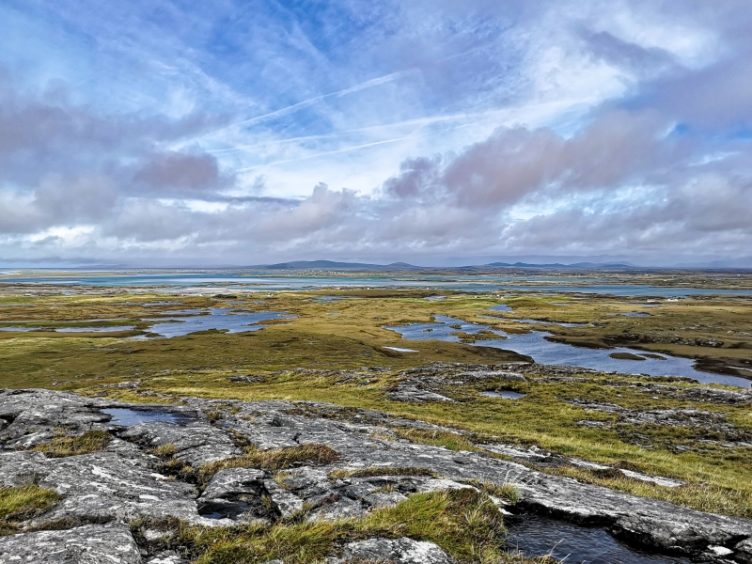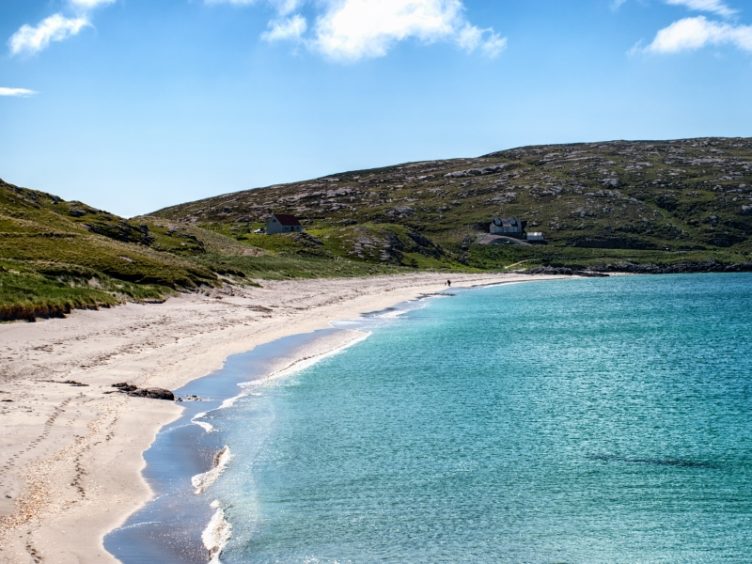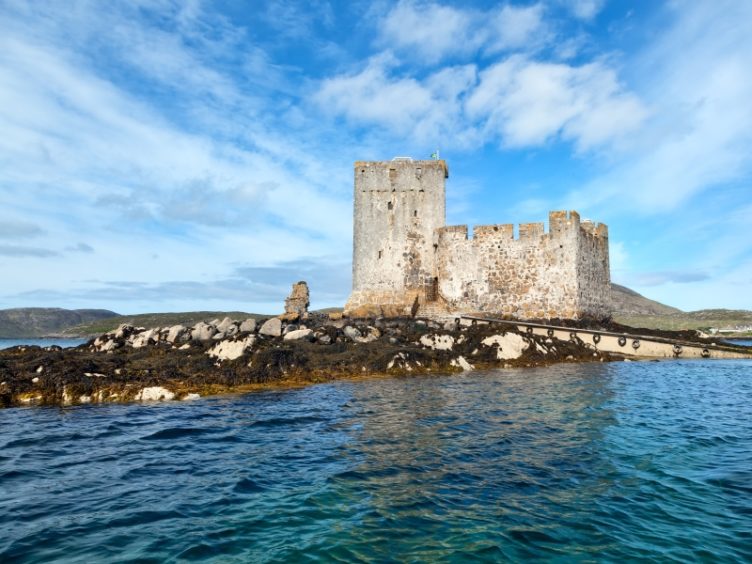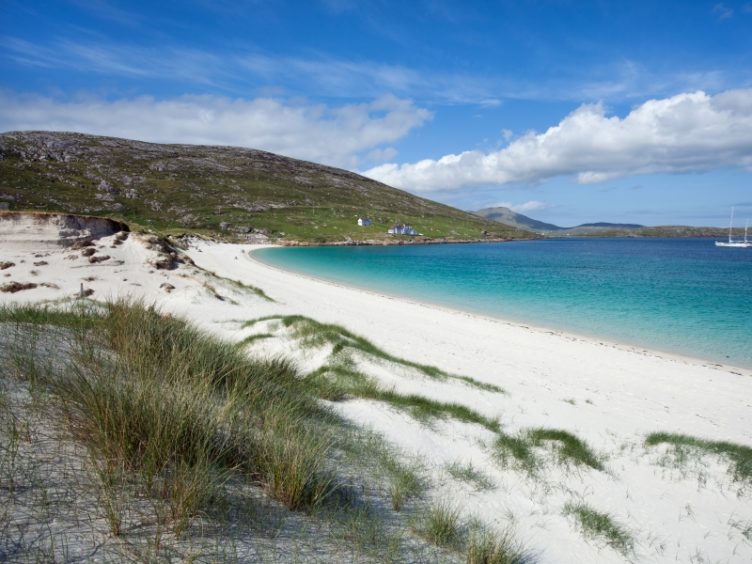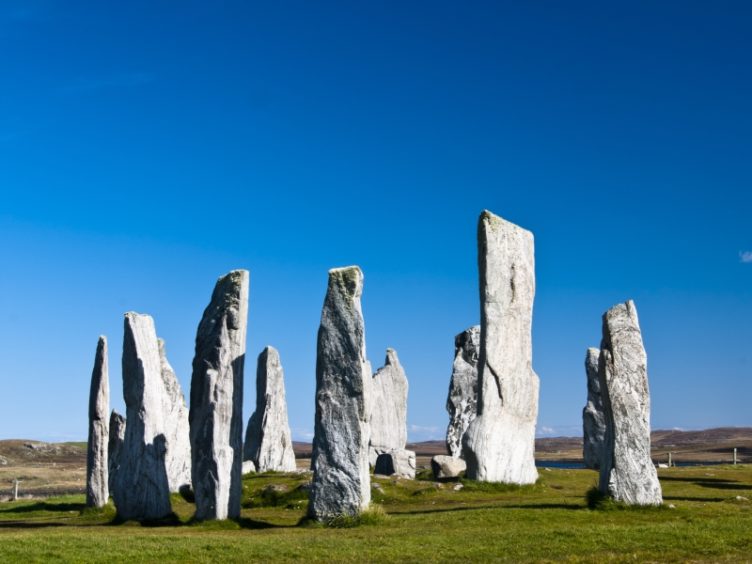A tour of the Outer Hebrides offers readers dramatic landscapes, fascinating history and iconic landmarks.
We take a look at 6 of our favourite Scottish Western Isles, as featured in a fantastic Outer Hebrides tour departing in 2021.
1. South Uist
Despite being the second-largest island in the Outer Hebrides, South Uist is just 20 miles long!
The island has a fairly small population, with its main village and port, Lochboisdale, having just 300 inhabitants.
This has resulted in its scenery being left fairly untouched and able to flourish unhindered by human interference.
The highest point of the island is the summit of Beinn Mhor, whose name means ‘big mountain’ in Gaelic.
Sitting at 620m, the mountain adds to the dramatic landscapes of the island.
2. Benbecula
Lying between North and South Uist is Benbecula, a stepping stone between the two larger islands.
All three are connected by causeways, and it only takes around 40 minutes to drive from Lochboisdale to Balivanich, the main centre of Benbecula.
Benbecula is rich in military history, mainly due to its airport.
Located near Balivanich, Benbecula Airport was previously an RAF wartime airfield, and many of the World War II buildings and structures still remain amongst modern additions.
An army base was also established here in 1958 and continues to be one of the key employers on the island.
3. Eriskay
Another island connected to South Uist via a causeway is Eriskay, perhaps most famously known for the role it played in the ‘Whisky Galore’ novel, by Compton Mackenzie.
The story was based on a real-life event, when the SS Politician, a ship carrying cargo including 260,000 bottles of whisky, ran aground off the coast of Eriskay in 1941.
Local islanders helped all of the crew to safety, as well as saving some of the cargo.
The island’s whisky supplies had dried up due to the war, and it is estimated that 24,000 bottles were salvaged from the wreck by the locals!
Today, the story is kept alive by Eriskay’s only pub, the AM Politician, which is believed to be home to some of the last surviving bottles from the wreck.
4. Barra
Known for its beautiful landscapes, including spectacular beaches, Barra is just a short ferry ride from Eriskay.
A favourite tourist spot is Kisimul Castle, also known as the ‘Castle in the Sea’.
Feeling Inspired? Browse our available tour, departures available from Aberdeen, Inverurie, Inverness, Elgin, Forres & Nairn
Sitting on a rock islet out on the bay, visitors can hop on a boat to experience the ancient seat of the Clan MacNeil, the only surviving medieval castle in the Western Isles.
Barra is also home to one of the world’s most unusual airports – Cockleshell Beach!
Planes use the stunning white sandy beach as a runaway during low tide.
5. Vatersay
To the south of Barra, and connected via a causeway, sits Vatersay.
Used as the filming location for the movie version of ‘Whisky Galore’, the tiny island boasts some glorious scenery.
Cycling from Barra to Vatersay is a great way to experience the breathtaking coastline and hundreds of species of wildflowers that prosper in the environment.
6. Harris & Lewis
Head to the very top of the Outer Hebrides, and you’ll find the Isle of Harris and Lewis.
They’re actually two parts of the same island – the largest of the Western Isles.
As well as the dramatic and varied Hebridean scenery, there are a number of well-known landmarks to explore.
Venture to the west coast of Lewis to discover the 5,000-year-old Standing Stones of Callanish, an almost other-worldly collection of megaliths.
The exact purpose of the stones is unknown, but one theory is that it was a type of astronomical observatory.
Another slice of history can be experienced at the Norse Mill and Kiln at Shawbost, further up the west coast.
Two reconstructed thatched buildings give a fascinating insight into life on the island for Viking settlers and islanders, up until the 1930s.
